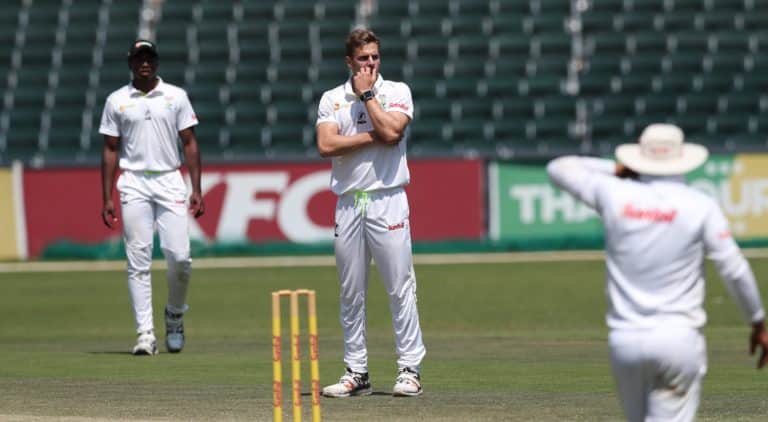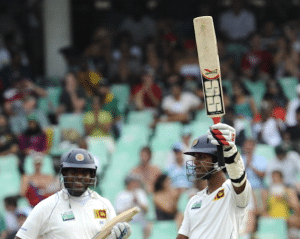South Africa has a reputation as a top-class fast-bowling factory, but a worrying trend is developing: the flat wicket, writes Mark Salter.
This was highlighted in the first Test between the Proteas and Bangladesh at Senwes Park, Potchefstroom, with both coach and captain expressing their disapproval of what was provided.
But while the focus was on the Proteas pacemen labouring away, the franchise players were also struggling. For the second successive week, no Sunfoil match reached a decisive conclusion. On week one 3 963 runs were scored, against 73 wickets taken; in round two 3 115 runs were entered, against 75 wickets (although the Dolphins lost a entire day’s play). That’s a total of 7 078 runs for 148 wickets at a strike rate of 47.8.
Last week, the Cobras declared 65 behind the Warriors’ total to promote the chances of a win, and it is telling that when they were defending for a draw, it was the spin of Jon-Jon Smuts and Tabraiz Shamsi that was the most penetrative. Only twice were all 10 wickets taken in an innings and so far 21 centuries have been scored.
And it is not just confined to one area: of the six matches, Durban and Port Elizabeth have also produced unproductive wickets. The others were at Bloemfontein, Centurion and the Wanderers.
This is all putting more pressure on the pace bowlers.
Cobras coach Ashwell Prince was annoyed with his main strike force, saying, if you want to take wickets on a pitch that is not conducive to the pace merchants and the ball does not nip around, you have to produce maidens and force batsmen into fatal errors by building pressure.
The Proteas bowlers showed what was possible.
Their captain, Faf du Plessis, said victory was secured because ‘bowlers made changes, they adapted beautifully, they were consistent in their areas and we put Bangladesh under pressure for five days. We expected the pressure would be too much and they would fall over.’
His view was aided by the disparity in skill levels between the two sides: it was No 2 vs No 9, but even so, it was not a great advert for entertaining cricket, until the Bangladeshis collapsed in their second innings.
But at franchise level, it surely cannot be right that the fast bowlers are having to try to contain batsmen, and not bowl them out. Conversely, we don’t want to see a return to the ‘green mamba’ on which batting line-ups collapse to 50 all out, but there must be a better balance between bat and ball. At this rate, the title will be decided solely by bonus points.
Photo: Gavin Barker/BackpagePix





